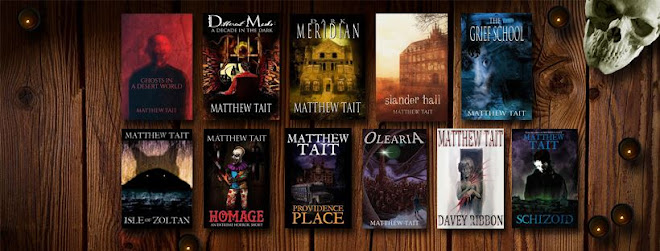Despite a minuscule budget of only three million, The Purge received quite a lot of
pre-release hype. Part of this (of course) is attributed to actor Ethan
Hawke’s participation. After the critical success of both Daybreakers and Sinister, Hawke seems to know how to pick them. Another element to the excitement is
the intriguing and original premise: an amalgamation of horror and
(not-too-distant) science fiction that seems right at home
within the pages of dystopian literature.
It’s the year 2022, and the United States of America
has found a way to curtail excessive crime and overpopulation. On one night every
year (over a twelve hour period) all criminal activity is sanctioned ...
including murder. Punishment is suspended and violence reigns supreme. This
annual - and supposedly cathartic experience – has been aptly titled The Purge.
Through news blips and media loops we quickly discover that despite the moral
implications, The Purge is actually effective: for the remaining year misdemeanors remain almost non-existent. Apparently, the simple answer to humanity’s psychological
tribulation is a united mental enema of depravity; an abandoning of all civilized behavior in favor of our ingrained base needs and ancestral animal instincts.
If all of this sounds a tad implausible, it is.
However, in this particular instance I was happy to suspend all disbelief for the
sake of entertainment. While it would
have been interesting to look at the worldwide effect of The Purge,
writer/director James Demonaco has opted instead to take a close look at the
domestic component – to put under the microscope one well-to-do American family
and see what mayhem eschews. The Sandin family – an envy of their entire neighborhood – have everything they need to survive. James (Ethan
Hawke) knows security intimately. After all, he sells it for a living. His wife
Mary (Lena Headey – better known as Cersei from Game of Thrones), is effective at keeping both her American accent and
family together. Teenage children Charlie and Zoey come with their own baggage:
Charlie has major issues with The Purge, and his sister Zoey is fuming her
father won’t let her date an older boy from school. Soon night draws near and
the shutters go up. When young Charlie succumbs to his warring empathy and
opens up their house to a pursued homeless man, it isn't long before all hell
breaks loose from numerous fronts. The homeless victim has escaped in the
house, and his masked vigilante hunters (looking for all the world like The Stranger’s home invaders on steroids)
have arrived on the front doorstep demanding their god-given American right to
purge. It then falls to the entire Sandin clan to make a decision: do they
succumb to the invaders ultimatum - thereby becoming no better than Purge
participants – or do they fight to keep their ethics alive?
Notwithstanding a director at the helm who has
worked with similar themes before (Assault
on Precinct 13), The Purge still
suffers from various flaws. The pacing – while lent strength with a rousing
‘heartbeat’ soundtrack – never seems to attain the lofty heights we originally envisioned, and developments become stalled as the audience guesses hurdle after hurdle.
Although our masked adversary is decidedly creepy at times espousing patriotic
rhetoric and generally giving off an American Psycho kind of vibe, his
predictable bedlam comes far too late in the film and is ultimately
ineffective.
All told, The
Purge is still an above average thriller containing just enough
claustrophobic moments and subtle action sequences to put it on the map. With
Universal already giving the follow up a green light, one can hope future writers
take heed of the wonky philosophic undertones and give more credence to The
Purge’s attractive concept.


.jpg)
